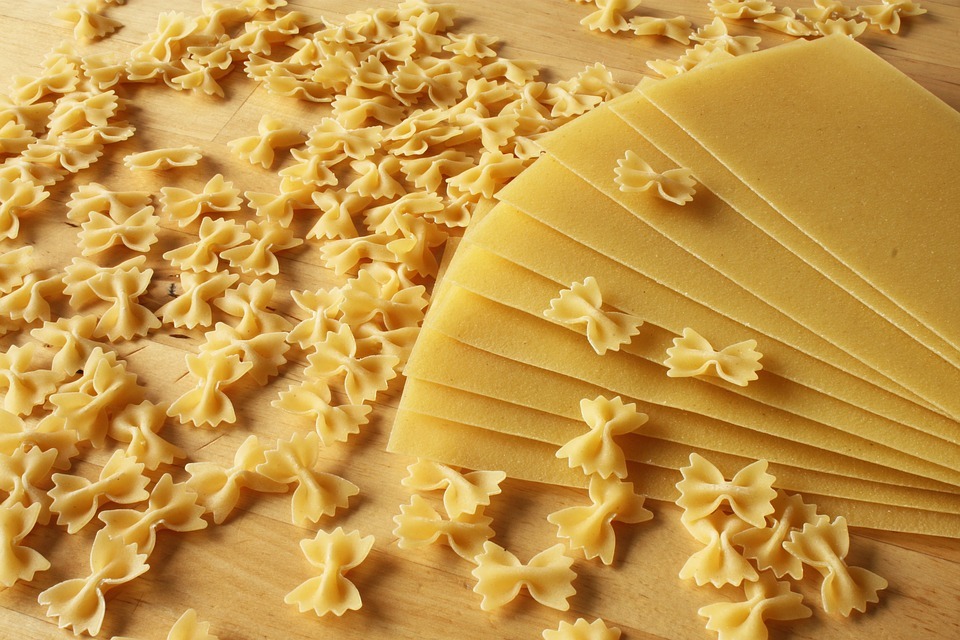If you’re wondering why your kefir grains are too small and not multiplying, you might want to ease off from brewing and hibernate them for a bit. Well, this comprehensive care guide will help you learn how to produce the healthiest water kefir grains ever! And find here legit information about the best real money casinos in usa.
What are Water Kefir Grains?
Water kefir is made by culturing sugar water using water kefir grains. These “grains” don’t contain any actual grain but are called that solely because of their shape. Kefir grains are symbiotic microbial communities that live in a polysaccharide matrix. If you find it complicated, think of it as a mixed population of tiny microbes who build equally tiny houses to live together. You can compare water kefir to kombucha, but the latter contains mainly yeasts, while the former has a heavier bacterial population.
Most of the microbial species that live in these small communities of water kefir grains are probiotic. Streptococcus (Lactococcus) lactis, Lactobacillus hordei, Lactobacillus brevis, Saccharomyces cerevisiae, Leuconostoc mesenteroides, and Lactobacillus casei are only a few of the great microbes living within water kefir grain communities.
These microbes also contribute gut health benefits! They produce healthy and beneficial byproducts called “postbiotics” after fermenting the sugar water liquid into water kefir.
Water kefir grains are also noted to grow and multiply but may sometimes be reluctant to do so. Due to wide variations in culturing ingredients and conditions, it’s not guaranteed that the grains will multiply, but they should make excellent water kefir indefinitely when cared for properly. And if you want to know the best online casinos in Canada, check out crazyvegas online casino.
How To Take Care of and Encourage Kefir Grains to Multiply
Give the Water Kefir Grains Ample Time
Water kefir grains, which are newly rehydrated, sometimes need adequate time to adjust and mature before they start to multiply. When acquiring grains, there may be a need for an adjustment period as they get used to their new base. This adjustment period is pretty standard and may vary broadly in length from a couple of days to a few weeks.
Regularly Feed the Water Kefir Grains
You should switch the water kefir grains to new sugar water once every 24 to 48 hours to keep them from running out of food. Once they do, the bacteria and yeast the comprise the kefir grains can move out of balance, resulting in less effective work. The speed at which the grains consume sugar depends on how warm the location is where they’re culturing. During warm days or in a warm house, it’s best to transfer the water kefir grains to new sugar water for 24-36 hours, preventing over-culturing.
Culture in Sugar Water
Juice can be very acidic, and though it makes excellent water kefir, putting the kefir grains in juice can be a bit harsh on them, making it hard for them to multiply effectively.
Coconut water can also render the same effect, which is why it’s recommended to alternate between sugar water and coconut water batches when making coconut water kefir.
Use Proper Ratios of Water, Kefir Grains, and Sugar
While it can be pretty tempting to decrease the amount of sugar you use to make water kefir, this can be detrimental to the health of the kefir grains.
It’s recommended to use ¼ cup sugar for every quart of water when making water kefir. Only three to four tablespoons of water kefir grains are needed to culture one to two quarts of sugar water.
As the kefir grains grow and multiply, take out excess grains to maintain a balance in ratio. If you have extras, consider giving them to your friend or blend them in your morning smoothies for an added probiotic kick!
Select a Warm Culturing Spot
Water kefir grains love to be warm within reason but away from direct sunlight. Temperatures of 68 degrees to 78 degrees Fahrenheit will yield the best outcome, though kefir grains culture well up to 85 degrees Fahrenheit.
Keep the Kefir Grains Out of the Fridge
The ideal setting for water grains is at room temperature on the counter, being served with fresh sugar water every one or two days. While taking a break for unexpected emergencies or vacation is essential from time to time, keep from refrigerating the kefir grains too often to have them at their healthiest—it can be challenging for the water kefir grains to get out of a hibernated state repeatedly.
Adjust the Water Kefir Ingredients for Mineral Content
Kefir grains favor a mineral-rich environment, but it’s possible to over-mineralize them. Minerals may come from the water or sugar used and additions like eggshells, raisins, molasses, or sea salt.
Try Using Mineral Supplementation for Making Water Kefir
Among the easiest and best ways to encourage water kefir grains to multiply is utilizing mineral supplementation. These will help improve more growth inside the water kefir grains and enable them to multiply much easier.


